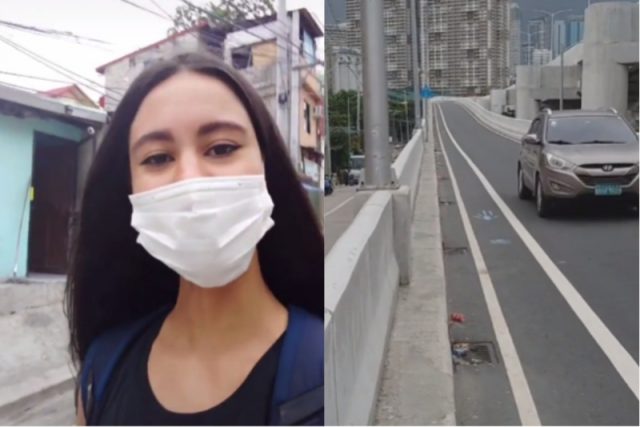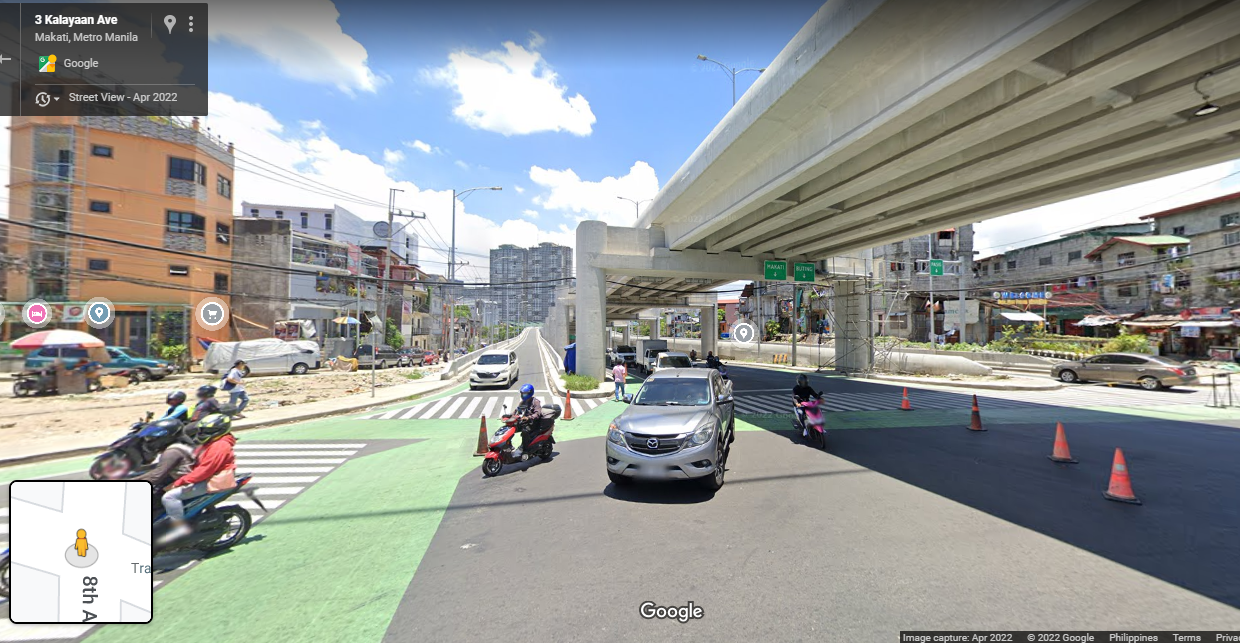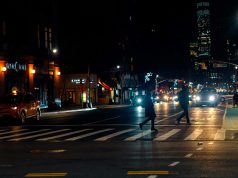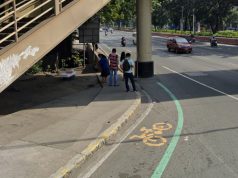
A TikTok video recently earned buzz on social media after it showed the gaps in urban planning in some parts of Metro Manila.
Gabriele Raine Baljak, Miss Cebu 2016, uploaded a TikTok video on June 23 that showed her crossing the bridge from Bonifacio Global City to Mandaluyong City on foot.
“Here’s what it’s like to be a tourist walking in Manila, Philippines,” Raine said in the caption.
@rainebaljak Here’s what it’s like to be a tourist walking in #Manila, #Philippines! 💃 #Pinay #Filipina #filipinagirl🇵🇭 #tourist #asia #travel #visitluzon ♬ original sound – Raine Baljak
In the short documentation, Raine shared her journey in trying to find a way to walk from where she was—along Lawton Avenue in Taguig City.
Raine also noted that she just walked her way from BGC via the intersection along Kalayaan Avenue.
However, to get to her destination, Google Maps showed her to walk up the ramp there that led her to the BGC-Ortigas Road Link Bridge.
“The funniest thing is that Google Maps is telling me to cross the river over there (the Pasig River). But then, there’s like no walkway. I have to go on top of that bridge,” Rain said in the video.
Despite being a bit terrified, Raine continued to walk because Google Maps assured her that the flyover is supposed to be pedestrian-friendly.
“I’m now walking on this highway because Google Maps says it’s safe for pedestrians to walk on,” Raine said.
“I thought that down there, there would be a place for pedestrians because that’s what I assumed. But let’s see how this goes,” she added.
Raine also remarked in jest: “Being a tourist in Manila, very fun, thank you, Google Maps!”
She also asked her followers this question in the video, which reads: “Would you try this? React: Yes (heart emoji).”
Later as Raine walked along the bridge, she described the sidewalk as quite narrow for anyone to walk on.
The video also showed the small space for the bike lane.
When she reached the Pasig River, Raine made the following quip: “Very nice, very nice, the Pasig River, woo-hoo.”
After a while, the Filipino-Australian model reached the Greenfield District of Mandaluyong City safe and sound.
Here is the Google Maps view of the ramp she climbed on.

As of writing, Raine’s video garnered one million views and 82,600 likes on TikTok.
Video as proof of car-centric infra
Raine’s TikTok video eventually made it to Twitter.
Some online users stated that this video showed how the government’s costly “Build, Build, Build” program prioritizes vehicles over people.
“This video shows just how embarrassing some of the vaunted “build build build” infrastructure is to anyone who thinks pedestrians deserve basic decency. This bridge didn’t even follow DPWH’s own basic guidelines for sidewalks and bike lanes,” Robert Anthony Siy (@goodkidbikecity) tweeted.
“MM has never been really pedestrian-friendly. God bless that petty excuse of a sidewalk. Do the government (local/national) expect people to walk along that??” a Twitter user asked.
Others, meanwhile, expressed relief that Raine reached her destination safely.
Some also shared their bad experiences of trying to walk or bike along the highway.
“Never naging pedestrian friendly ang Pinas. And on the side note, nilakad ko din tong Ortgas -BGC bridge and struggle is real talaga,” one user said.
Raine, later on, expressed her gratitude to her viewers via Facebook. She also hoped for a more walkable country in the future.
“Thank you everyone for your support watching my video, but more importantly, I hope together we can make our country, the #Philippines, more walkable for everyone,” she said.
The BGC-Ortigas Road Link Bridge or the BGC-Kalayaan Viaduct was fully completed and opened in October 2021.
It was a P1.79 billion project under the “Build, Build, Build” infrastructure program.









